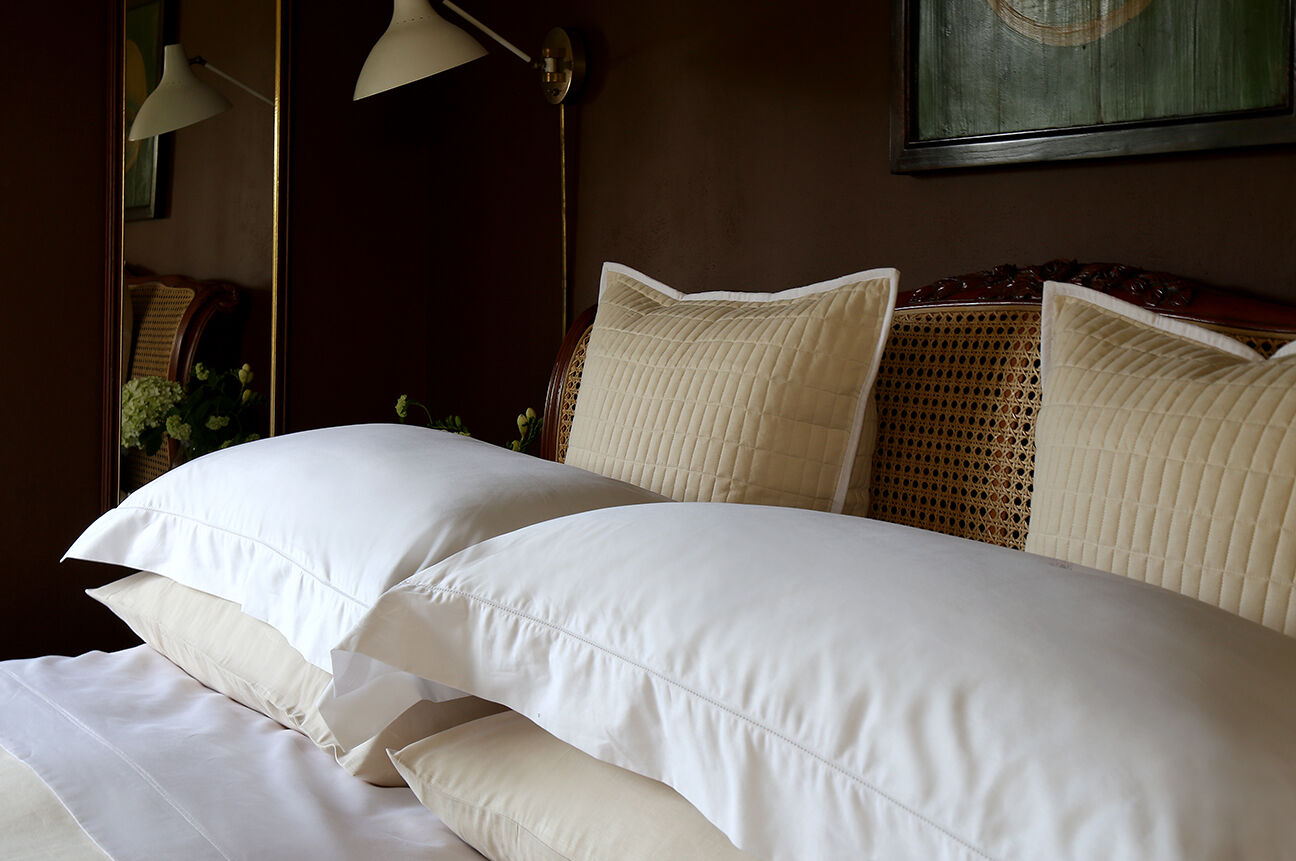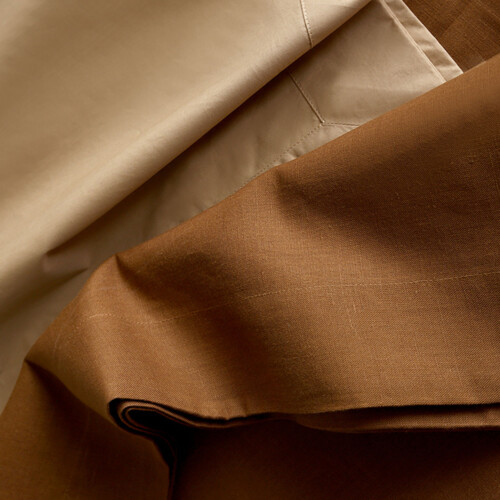Simple household rituals can be calming and even gratifying when you throw yourself into them completely and with gratitude for the mundane.

Monthly Inspiration
Join our family to be the first to receive our latest stories and inspiration.
WORLDWIDE SHIPPING Complimentary within UK on Purchases over £250
Simple household rituals can be calming and even gratifying when you throw yourself into them completely and with gratitude for the mundane.

We so often fight ourselves on things we don’t want to do? We procrastinate, we complain, we outsource, a great option if you can, but not always practical. For the most part, though, we would benefit from accepting that we have to do things we don’t like on occasion, and then doing them instead of using precious energy to avoid them.
If you can find some small slither of bliss in the solitude and sensory experience of doing laundry, it can become an hour or two a week, that almost feels like me time.
Here Are Some Of Our Golden Laundry Rules At Reed |
Timing Is Everything |
Timing is a two part issue, the length of time in between washing your bedding, matters over the years. Bedding discolours because of sweat, something we all naturally do, during the course of the night, a weekly wash helps ensure that your bedding doesn’t become too stained and soiled.
The length of time between when your linens are soiled and washed is often overlooked. The worse the stain, the more embedded they’ll be in the fabric and the quicker you need to act.
Removing Tough Stains & Old Yellow Stains on White Linen|
For stubborn grease stains or lipstick stains, which are oil based, you should use solvent-based spot removers, like Carbona and Goof Off.
For stains like chocolate, red wine and fruit that have faded but aren’t completely out, you can repeat treatment with Spray ‘n Wash, Zout or liquid enzyme detergent. Allow the products to sit on the fabric for a few hours before rinsing out or re-washing. It may take repeated treatments to fade the stain completely.
For other stubborn stains, including those mysterious old yellow stains, you can turn to the arsenal of non-chlorine bleaches that are available. There are actually several types of non-chlorine bleaches. Liquid Clorox, Snowy bleach and Oxiclean are good options. More powerful non-chlorine bleaches like Tintex or Rit Fabric Whitener & Brighten are the next step in the fight against heavy stains.
Bleach shouldn’t be used for cleaning cotton or linen bedding or table linens.
We advocate a hot wash rather than a cold wash. Hot water is best to clean natural fabrics like cotton and linen. Cold water, used with commercial washing powders that contain bleaching agents can fade and rot your bedding over time.
Read Those Labels |
If you have no clue how to wash a specific piece of bedding or gown, check the care label inside. It may sound obvious, but a lot of people disregard the clear instructions
Reed linens are designed to be laundered, and to last.
Take a moment to read our care labels and full washing instructions that will be sent to you when you purchase our luxurious linens.
Naturally Soft |
Avoid mainstream softeners which are full of harmful chemicals and can leave your linens with a waxy build up and blue, grey tinge rather than making them softer over time. Opt rather, for a cup of vinegar instead for natural softness and another perk, brighter whites.
Clean Machine |
Our washing machines work hard for us and are often themselves neglected. If you have had a heavy week of washing kids sports gear and muddy school uniforms etc.
Add one cup of baking soda crystals and a cup of vinegar directly into the drum of your machine. Now close and add another cup of vinegar to the washing powder draw and select the hottest cycle. I like to add a few drops of lemon essential oil aswell for a wonderful fresh scent.
Your machine will be sparkly clean and ready for your Reed linens.
Do Not Dry Clean |
Dry cleaning is not recommended for our linens. For hygienic reasons a full wash with water is recommended. Under normal commercial laundering conditions, Reed Family Linen articles should yield over 800 boil washes during their lifetime and service period.
Do Not Bleach |
Bleach shouldn’t be used for cleaning cotton or linen bedding or table linens. Once in contact with the fabric, bleach remains inside the fibers and causes the cloth to rot over a period of time and results in weak patches. Only mild soap and detergent solutions should be used in conjunction with the correct temperature.
If you can find some small slither of bliss in the solitude and sensory experience of doing laundry, it can become an hour or two a week, that almost feels like me time.
Hot Iron |
Linens should be spun dry to remove excess water and then opened out and stretched to dry whilst still wet and damp. If cotton articles are spun to touch dry, then creases will be set into the fabric and are not easily removed or ironed out.
Use a domestic iron at it hottest setting and avoid leaving the plate in stationary contact with the cloth for more than a few seconds otherwise scorching can occur.
Take care to keep the tip of the iron plate away from pillowcase and duvet cover openings as this can catch and result in small tears. For best results, all sections of cloth around embroidery work should be ironed on the reverse side so that the relief of the stitching remains visible – avoid contact between the tip of the iron and embroidery.
Happy Laundering,
Karen Reed.

Join our family to be the first to receive our latest stories and inspiration.